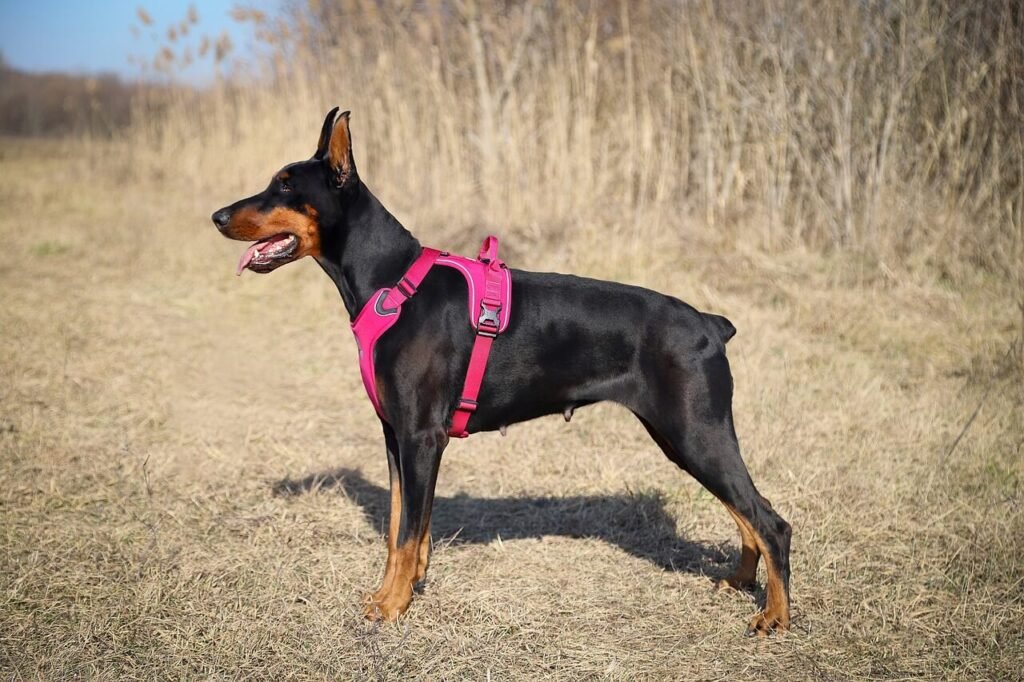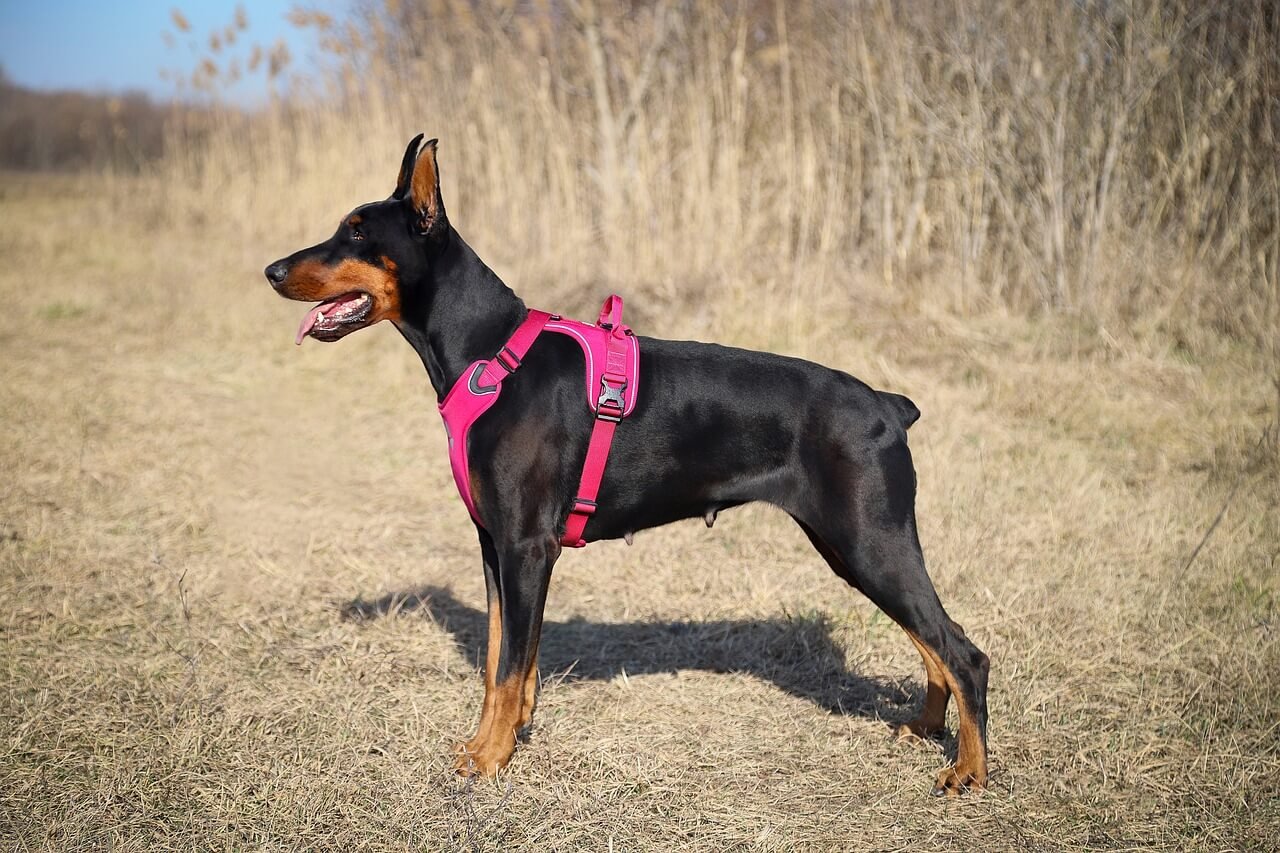Dog Missing Owner Symptoms: Understanding the Emotional Impact
Dogs are known for their unwavering loyalty and deep bonds with their human companions. So, when a dog’s owner is missing—whether due to travel, separation, or even loss—the emotional toll on the dog can be significant. Dogs experience grief and anxiety much like humans do, and their symptoms of missing an owner can manifest in various ways. From changes in behavior to physical signs of distress, understanding these symptoms is crucial for providing comfort and support during difficult times. In this blog post, we’ll explore the common signs that indicate a dog is missing their owner, how to address their emotional needs, and ways to help them cope.
Common Symptoms of a Dog Missing Their Owner
When a dog misses their owner, they often display noticeable changes in behavior and mood. These symptoms can vary depending on the dog’s personality and the length of separation, but some signs are universal. Here’s what to look for:
Lethargy: A once-active dog may become unusually sluggish and uninterested in activities they once enjoyed.
Loss of Appetite: Many dogs refuse to eat or show little interest in food when they’re emotionally distressed.
Excessive Whining or Barking: Vocalizations increase as dogs attempt to call out for their missing owner.
Searching Behavior: Dogs may wander around the house, sniffing or looking for their owner in familiar places.
Destructive Actions: Some dogs may chew furniture, scratch doors, or engage in other destructive behaviors out of frustration or anxiety.
These symptoms highlight the depth of a dog’s emotional connection to their owner. Recognizing these signs early can help you provide the support your dog needs.
Physical Signs That Indicate a Dog Is Missing Their Owner
In addition to behavioral changes, dogs may exhibit physical symptoms when they’re missing their owner. These signs often stem from stress and anxiety, which can take a toll on their overall health. Here’s what to watch for:
Weight Loss: A lack of appetite over time can lead to noticeable weight loss and nutritional deficiencies.
Excessive Drooling: Stress can cause increased saliva production, leading to drooling more than usual.
Pacing or Restlessness: Dogs may pace back and forth, unable to settle down due to their anxiety.
Changes in Sleep Patterns: Some dogs may sleep excessively, while others may struggle to rest at all.
Shaking or Trembling: Physical trembling is a common sign of fear or emotional distress in dogs.
These physical symptoms emphasize the importance of addressing your dog’s emotional needs promptly. Left unchecked, prolonged stress can lead to serious health issues.
Check this guide 👉Does My Dog Know I Love Him? Best 7 Expert Tips!
Check this guide 👉Why Do Dogs Love to Cuddle? Best 7 Behavior Tips!
Check this guide 👉Does My Dog Know Im Sick? Best 7 Expert Tips!

Behavioral Symptoms | Physical Symptoms |
|---|---|
Lethargy | Weight loss |
Loss of appetite | Excessive drooling |
Excessive whining or barking | Pacing or restlessness |
Searching behavior | Changes in sleep patterns |
Destructive actions | Shaking or trembling |
How to Comfort a Dog Missing Their Owner
When your dog is showing signs of missing their owner, there are several ways you can provide comfort and reassurance. These strategies can help ease their anxiety and strengthen their bond with you or other caregivers. Here’s what you can do:
Stick to a Routine: Maintaining a consistent schedule for feeding, walks, and playtime provides stability and reduces anxiety.
Provide Familiar Items: Blankets, toys, or clothing with the owner’s scent can offer comfort and a sense of security.
Engage in Play and Exercise: Physical activity helps burn off excess energy and distracts your dog from their distress.
Offer Extra Affection: Spend extra time cuddling, petting, or simply being present to reassure your dog they’re not alone.
Use Calming Tools: Consider calming aids like pheromone diffusers or anxiety wraps to soothe your dog’s nerves.
By implementing these strategies, you can help your dog feel more secure and supported during their owner’s absence.
Long-Term Strategies for Helping a Dog Cope with Loss
If the owner is permanently absent, such as in cases of death or rehoming, it’s important to focus on long-term strategies to help the dog adapt. Recovery takes time, but with patience and care, most dogs can adjust to their new reality. Here’s how to support them:
Introduce New Companionship: Gradually introduce another human or pet companion to fill the void left by the missing owner.
Encourage Socialization: Take your dog to parks or arrange playdates to help them build new relationships and stay engaged.
Create Positive Associations: Use treats, praise, and rewards to associate new routines and experiences with happiness.
Monitor Their Health: Schedule regular vet check-ups to ensure their physical and emotional well-being remains stable.
Be Patient and Consistent: Healing is a process, and consistency in care and affection will help your dog feel safe over time.
With time and effort, most dogs can learn to adapt and thrive despite the loss of their beloved owner.
How to Tell If Your Dog Is Starting to Heal
While it can take time for a dog to recover from missing their owner, there are clear signs that indicate they’re beginning to heal. Recognizing these positive changes can reassure you that your efforts are helping them move forward. Here’s what to look for:
Increased Appetite: A return to normal eating habits suggests your dog is feeling more stable and secure.
Engagement in Play: Showing interest in toys or activities again is a strong sign of emotional recovery.
Improved Sleep Patterns: Restful sleep indicates reduced anxiety and a calmer state of mind.
Reduced Vocalizations: Less whining or barking shows they’re becoming more comfortable with the absence.
Affection Toward Caregivers: Seeking attention or showing affection to others signals they’re forming new bonds.
These signs of progress highlight the importance of patience and consistency. With time, most dogs can adapt and find happiness again.
What Not to Do When Your Dog Is Missing Their Owner
While your intentions may be good, certain actions can unintentionally worsen your dog’s distress. Avoiding these common mistakes ensures you’re providing the best possible support. Here’s what to steer clear of:
Forcing Interaction: Pushing your dog to engage before they’re ready can increase their stress levels.
Ignoring Their Symptoms: Dismissing behavioral or physical changes as “just a phase” can delay necessary intervention.
Introducing Too Many Changes at Once: Sudden shifts in routine or environment can overwhelm an already anxious dog.
Punishing Destructive Behavior: Reacting harshly to chewing or scratching can make your dog feel even more insecure.
Leaving Them Alone for Long Periods: Extended isolation can deepen feelings of abandonment and grief.
By avoiding these pitfalls, you can create a supportive environment that helps your dog heal effectively.
Fun and Meaningful Ways to Connect with Your Dog During Tough Times
Building a stronger bond with your dog can help them feel more secure and loved during periods of grief. These activities not only distract them but also foster trust and companionship. Here’s what you can try:
Training Sessions: Teach new tricks or reinforce old ones using positive reinforcement to boost their confidence.
Nature Walks: Exploring new trails or parks together provides mental stimulation and fresh experiences.
Interactive Toys: Puzzle toys or treat-dispensing games keep their minds engaged and reward them for participation.
Grooming Sessions: Brushing or bathing your dog creates opportunities for bonding while keeping them clean and comfortable.
Quiet Time Together: Simply sitting together or cuddling reinforces your presence and reassures them they’re not alone.
These activities not only help your dog cope but also strengthen the connection between you, making them feel safe and loved.
Frequently Asked Questions About Dogs Missing Their Owners
How long does it take for a dog to adjust to a missing owner?
The adjustment period varies depending on the dog’s personality and the circumstances, but it can take weeks to months.
Can a dog recognize their owner after a long absence?
Yes, dogs have strong memories and can recognize their owner even after extended separations.
What should I do if my dog refuses to eat?
Offer small portions of high-value treats or wet food, and consult your vet if the refusal persists for more than 24 hours.
Do dogs grieve like humans?
Yes, dogs experience grief through changes in behavior, mood, and physical health, similar to humans.
How can I prevent my dog from becoming anxious when I leave?
Practice short departures and gradually increase time away, using positive reinforcement to create a sense of security.
Final Thoughts: Supporting Your Dog Through Tough Times
Dogs missing their owner is a heart-wrenching experience, but understanding their symptoms and needs can make a world of difference. Whether the absence is temporary or permanent, your love, patience, and care can help your dog navigate their emotions and find comfort again. By recognizing the signs of distress, providing reassurance, and maintaining a supportive environment, you can help your furry friend heal and regain their joy. Remember, your presence and dedication mean everything to your dog—especially during challenging moments. Together, you can overcome any obstacle and continue building a bond that lasts a lifetime.
Understanding Scabs in Dogs Ears: Best 7 Tips! Learn how to identify, treat, and prevent scabs in your dog’s ears for optimal ear health.
Is Cinnamon Bad for Dogs? Best 7 Health Tips! Discover safe ways to use cinnamon, risks to avoid, and expert advice to keep your dog healthy.
Can Dogs Get Pneumonia from Humans? Best 7 Tips! Learn how to protect your dog, understand transmission risks, and ensure their respiratory health.
Can Dog Urine Make You Sick? Best 7 Health Tips! Learn how to stay safe, prevent illness, and handle exposure to dog urine effectively.





